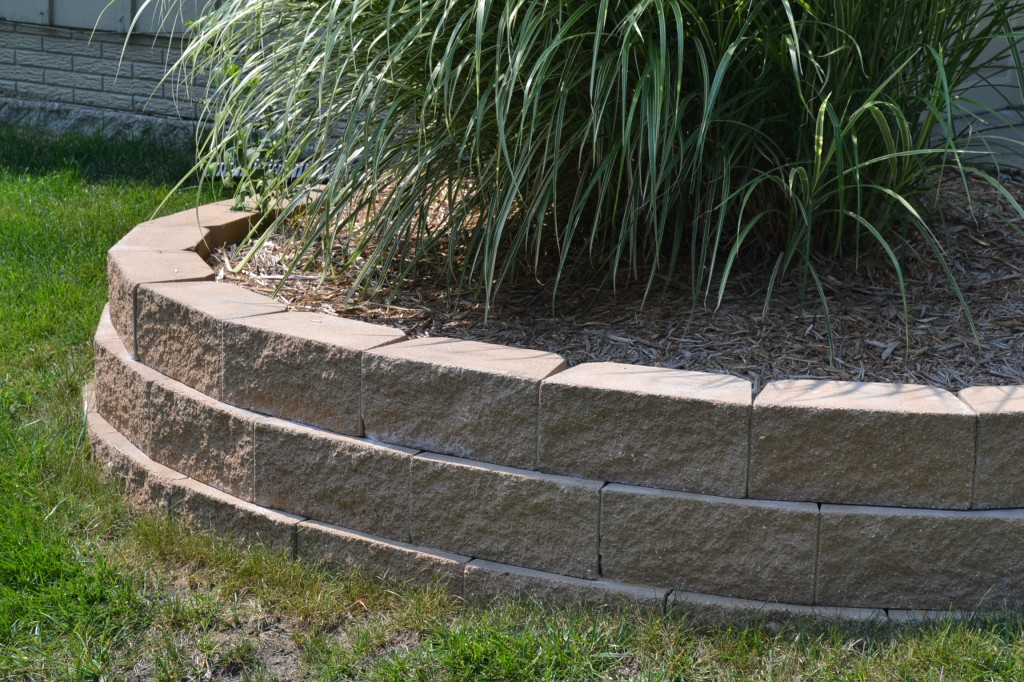Kings wall ® retaining wall blocks are designed for low scale earth retention. These blocks do well in landscapes where a decorative retaining wall is required. They are a medium-sized retaining wall block, which makes them manageable to install. There are two types of these blocks available; Type A and Type B. The difference between the two types of block is how they are formed in shape. Type A blocks are rectangular shaped and weigh 64 pounds. These blocks are designed to be installed in straight walls. Type B blocks are rectangular shape with tapered sides which form inwards and weigh 57 pounds. These blocks have tapered sides which allow the block be installed in a curved form. The dimension of each block is 7″ X 15 5/8″ X 7 5/”. Kings wall ® blocks have a lip design instead of a pin design. The lip on the bottom back of the block is designed to grab the top back of the previous block. The lip of the block is designed for several reasons. Firstly, it offsets the next course of block which back-sets the wall giving it added stability. Secondly, it provides proper spacing and keeps the block aligned. Thirdly, it helps lock the block into place and keep it from moving.
Kings Wall ® retaining wall blocks are easy to install.
Kings wall ® is designed to be built up to 42″ tall or 6 courses high. Setting the first course or base block can be accomplished by knocking the back lip off of the bottom of the block. Since you want a level surface for your base course, knocking the lip off of the block removes the protruding edge. Once your base is set and leveled and your block is prepped, you can now start laying your block. The first course of any retaining wall is the most important. If your block is not level, your entire wall will be off. As you are setting your base block it is important to make sure that your block is level. This can be accomplished by checking the front to back and side to side of the block. We recommend using a large 4′ level after multiple blocks are laid. If you only level single blocks your wall may still be off even though each block is level. Once the first course is set, you can now start stacking subsequent courses. Back-fill behind the wall should be 1″ clean rock. If you back fill with dirt, you can have seepage between the wall block. Water issues can also cause problems if 1″ clean material is not used behind the wall.

